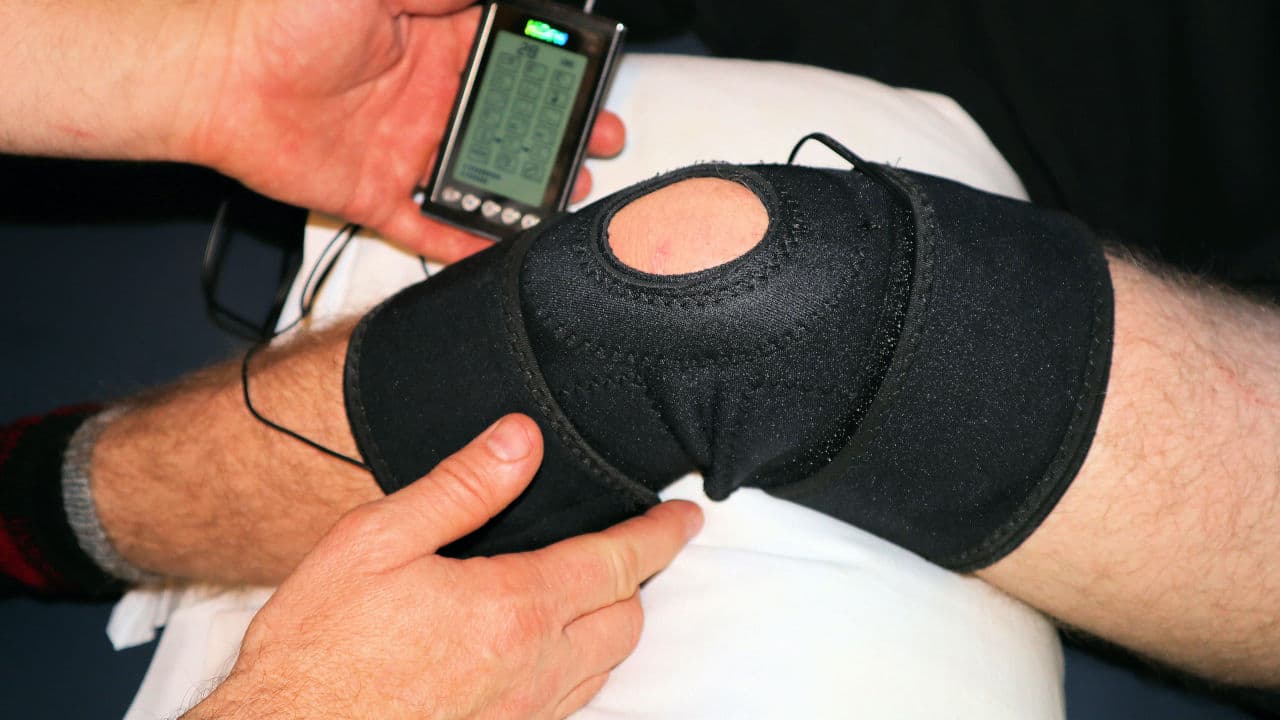The knee is made up of the bones, ligaments, articular cartilage, and other structures that help its stability and ability to hold up a person’s weight. Damage to any of these structures can be a menace as it can disrupt an individual’s ability to function properly and earn. One of the common injuries to the knees is known as an ACL tear. Whether minor or major, this injury can affect the overall stability of a person’s knee joint. Hence, it shouldn’t be left unattended.
What is an ACL Tear?
ACL refers to the anterior cruciate ligament. Just like the function of a ligament, which is to help connect bones, the ACL is one of the ligaments in the knee that helps keep it stable. It connects the thigh bone, popularly known as the femur, to the shinbone, popularly known as the tibia.
Hence, ACL tear refers to a tear of the ligament connecting the femur to the shinbone. It can either be a partial tear or a complete tear, and it can occur on either of the knees.
This is a common injury associated with sports that involve running and stopping concurrently. However, it’s not limited to sports. A person can suffer from an ACL tear as a result of a car accident, a fall involving the twisting of the knee, a bad landing from a jump, and even a direct blow to the knee during a fight.
This was the case in Diggs v. Ghosh. In this case, the plaintiff experienced a full ACL tear in his right knee while fighting with a cellmate.
Another example showing ACL tear isn’t solely a sports-related injury is the case of People v. Beaver. In this case, the defendant was diagnosed with a torn ACL after falling into a hole.

Getting Compensation In an ACL Tear Case
A torn ACL can bring about an unexpected and disruptive negative change in a victim’s life. For one, such a victim will have to deal with pain from swollen knee and the inability to walk freely to perform economic activities.
On the other hand, the medical bills associated with treating a torn ACL can span into thousands of dollars. This is because victims of a torn ACL can be required to undergo surgery. This can be seen in the case of Moore v. Venture Corp., where a doctor had to surgically repair the plaintiff’s torn ACL. Also, there can be associated costs with using drugs and attending physical therapy to get the knee back into proper shape.
If all of these have happened to a victim of torn ACL, they can seek to get compensation for their personal injury and sue a liable party. With the help of an attorney, they can prove to the court that the at-fault party is responsible for their injury and get compensation for medical expenses, disability, pain, and even lost wages.
How Courtroom Animation Can Come In Handy
Courtroom animation has been proven to be helpful in various personal injury cases. An attorney can use them to illustrate a witness’ testimony and that of an expert witness. This is done in a bid to help the jury better understand information around a case and make easier decisions.
Hence, in an ACL tear case, an attorney can opt to use courtroom animation to illustrate to the court how a victim’s ACL got torn and prove that the sued party was liable.
It can be used to illustrate an ACL tear from an accident, a fall, a brutal clash of the knee, and every other action that can lead to a victim experiencing a tear of their anterior cruciate ligament.
In conclusion, courtroom animation is a fantastic tool to illustrate the causation of an ACL tear and get compensation for personal injury. If the animation is properly curated by an experienced courtroom animation company, based on facts of the case, attested to by an expert, an attorney can walk confidently to the court and help their client get due compensation.





